As I joyfully take in these early spring days and all the beauty that surrounds me I wonder, “Why is the world so beautiful?” This is a question rarely addressed by science, but a question well worth embracing.
In beauty I walk.
With beauty before me, I walk.
With beauty behind me, I walk.
With beauty below me, I walk.
With beauty above me, I walk.
With beauty all around me, I walk.
It is finished in beauty,
It is finished in beauty,
It is finished in beauty,
It is finished in beauty.‘Sa’ah naaghéi, Bik’eh hózhó
—from a Navajo Ceremony (Four Masterworks of American Indian Literature, ed. by John Bierhorst, 1974)
In celebration of Earth Day tomorrow, I’m sharing 2 books that I read recently. Both books in their own way ponder the question, “Why is the world so beautiful?” They moved me deeply and have given me food for thought and even inspired me to begin listening to the natural world in a new way. These books are well worth your time and may change the way you see the world as well.
We would change the earth if everyone interacted with the earth in the same spirit of gratitude, listening, learning, reciprocity, and sustainability as depicted in both these books.
The first book I want to share with you is by Kent Nerbern: The Girl Who Sang to the Buffalo: A Child, An Elder, and the Light from an Ancient Sky.

Although a challenging read, because of the many almost magical events and connections that take Nerbern on the journey that led to this book, I was fascinated by the story and curious to hear what happened next all the way through the book. Never preachy, but always thought provoking, there is much wisdom in this book.
The second book I want to share was written by Robin Wall Kimmerer. It’s called Braiding Sweetgrass: Indigenous Wisdom, Scientific Knowledge and the Teachings of Plants
Kimmerer is a botanist and member of the Citizen Potawatomi Nation. She writes, “Science polishes the gift of seeing, indigenous traditions work with gifts of listening and language.” I found her essays on natural history, botany, protecting nature, and Native American culture lyrical and enlightening. She embraces indigenous teachings that consider plants and animals to be our oldest teachers and drawing on her life as an indigenous scientist, mother, and woman, Kimmerer shows how other living beings offer us gifts and lessons, even if we’ve forgotten how to hear their voices.
It was Kimmerer’s life work studying moss and her book Gathering Moss: A Natural and Cultural History of Mosses that inspired Elizabeth Gilbert’s novel The Signature Of All Things, which is about a botanist who studies moss.
As spring emerges and I begin to spend more time in the woods soaking in the beauty of the trees and plants there, I plan to take Kimmerer’s teachings with me, slowing down to take time to listen to the living beings and to give thanks for all their gifts.
When was the last time you listened to the plants that live all around you and gave them thanks?
May you walk in beauty.
A short excerpt from Robin Wall Kimmerer’s book, Braiding Sweetgrass
Yes, it goes back to the story of when I very proudly entered the forestry school as an 18-year-old and telling them that the reason that I wanted to study botany was because I wanted to know why asters and goldenrod looked so beautiful together. There are these amazing displays of this bright, chrome yellow and deep purple of New England aster, and they look stunning together. And the two plants so often intermingle rather than living apart from one another, and I wanted to know why that was. I thought that surely in the order and the harmony of the universe, there would be an explanation for why they looked so beautiful together. And I was told that that was not science, that if I was interested in beauty, I should go to art school.
Which was really demoralizing as a freshman, but I came to understand that question wasn’t going to be answered by science, that science, as a way of knowing, explicitly sets aside our emotions, our aesthetic reactions to things. We have to analyze them as if they were just pure material, and not matter and spirit together. And, yes, as it turns out, there’s a very good biophysical explanation for why those plants grow together, so it’s a matter of aesthetics and it’s a matter of ecology. Those complimentary colors of purple and gold together, being opposites on the color wheel, they’re so vivid, they actually attract far more pollinators than if those two grew apart from one another.
So each of those plants benefits by combining its beauty with the beauty of the other. And that’s a question that science can address, certainly, as well as artists. And I just think that “Why is the world so beautiful?” is a question that we all ought to be embracing. — Robin Wall Kimmerer, Braiding Sweetgrass
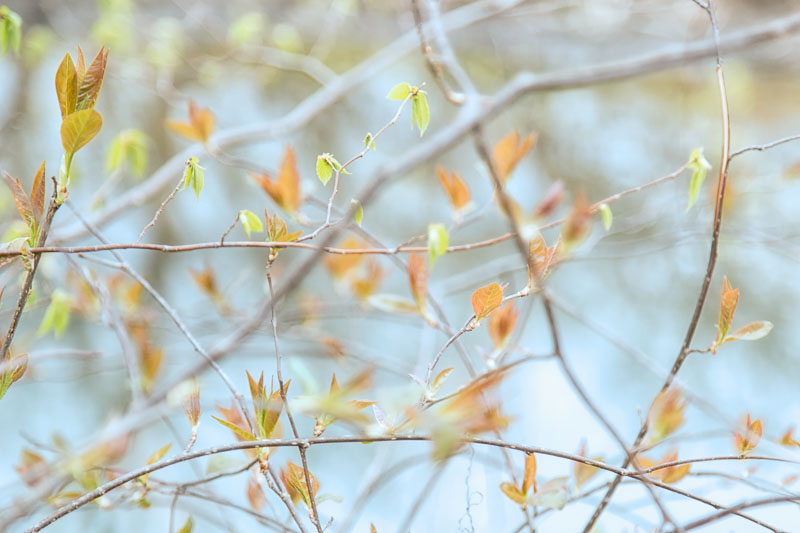

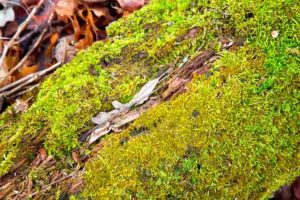
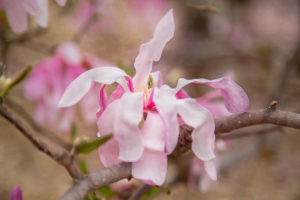
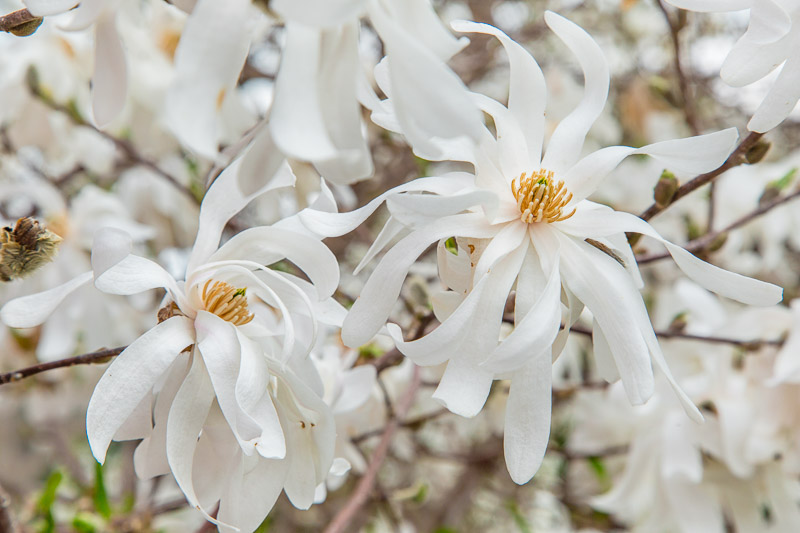
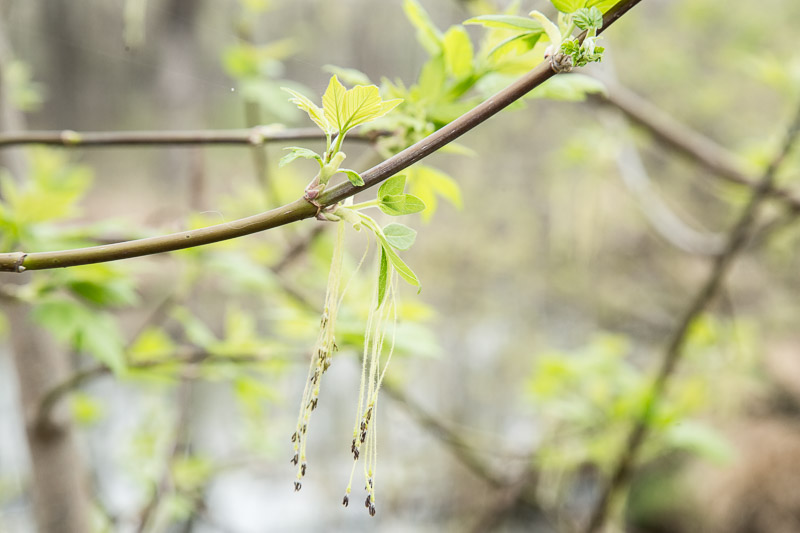
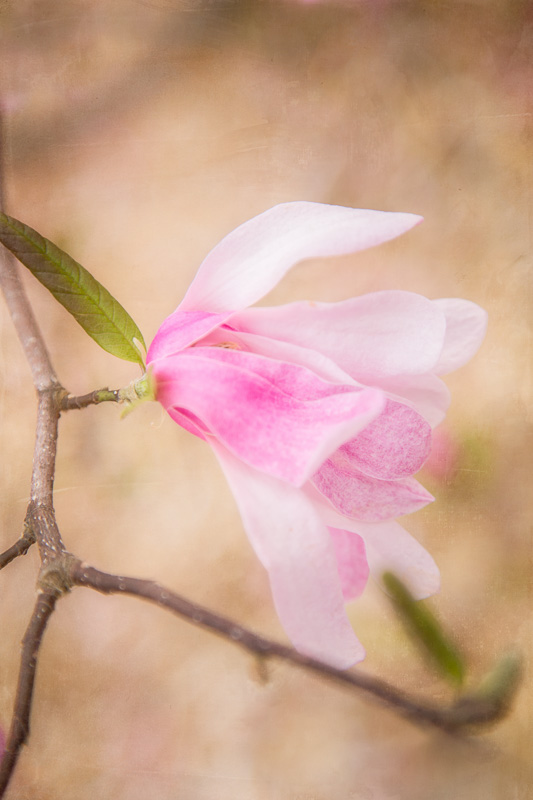
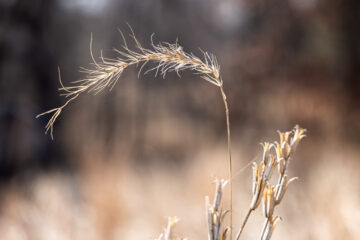
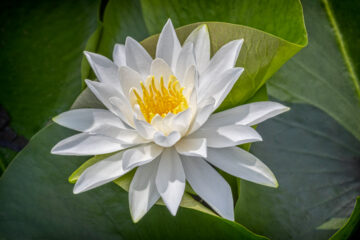

0 Comments